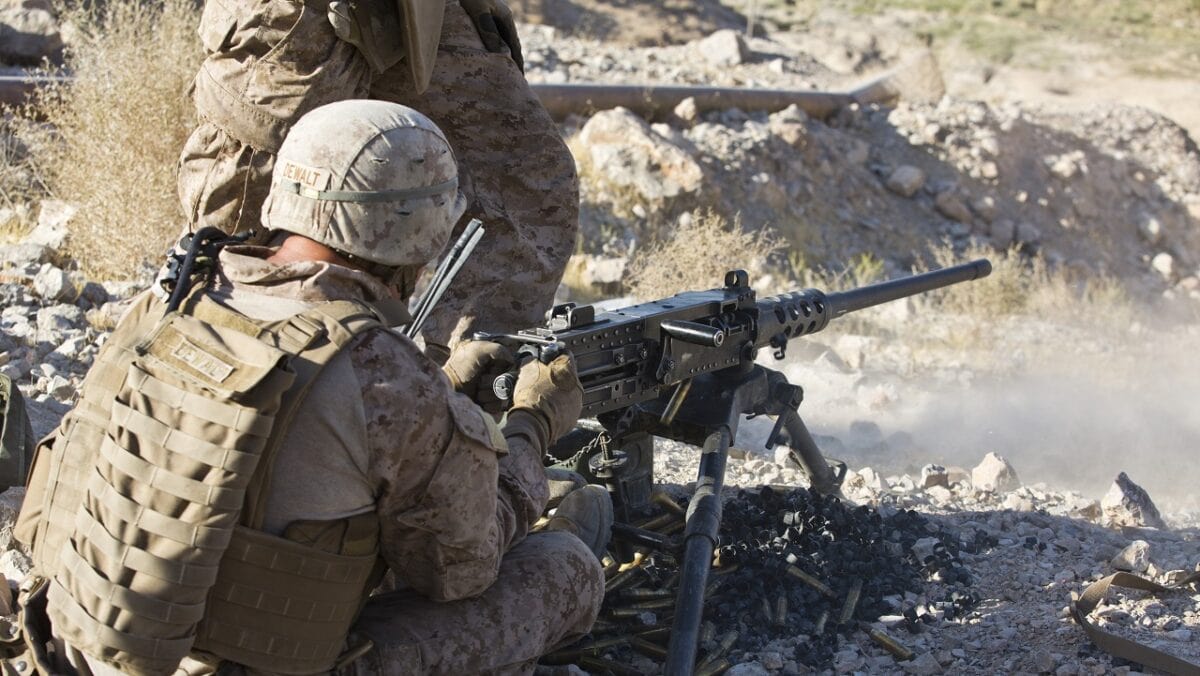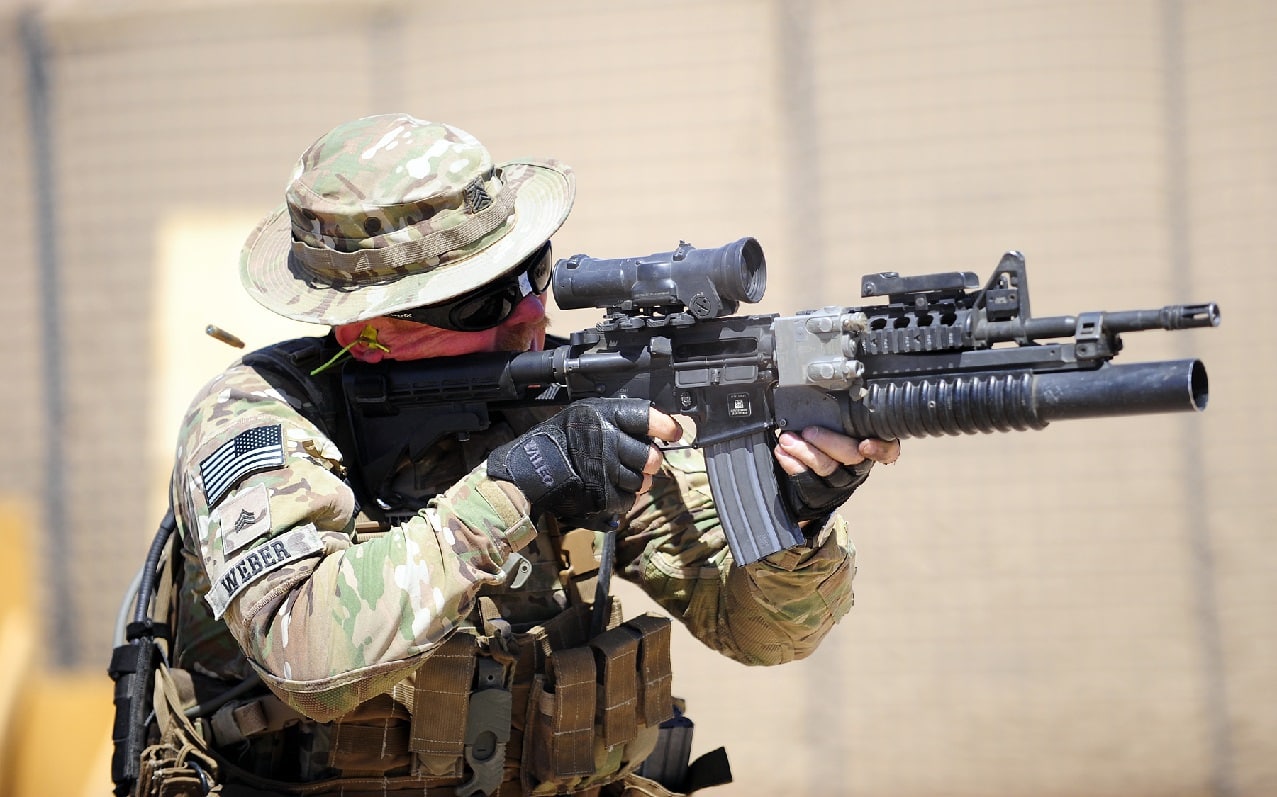This week marks one year since America’s chaotic withdrawal from Afghanistan, which culminated in the deaths of 13 U.S. service members and enabled the Taliban’s rise to power.
Although analysts and industry experts debate the contributing factors that resulted in the U.S. military’s disastrous retreat, the failure of America’s Afghanistan policy remains undebatable. While the Biden administration has grappled with how to commemorate such a preventable humiliation this month, the Taliban has celebrated its successful takeover of Afghanistan with a “Victory Day” parade across the country. The Taliban currently controls even more territory than when the group was in power pre-9/11. However, pockets of fierce resistance to the Taliban persist.
The Taliban Took Over Immediately
In June 2021, intelligence assessments estimated the Taliban would be unable to regain a hold over the country for at least six to 12 months following a U.S. retreat. Eight weeks later, this number diminished to a mere 90 days and was closely followed by even bleaker estimates leading up to the withdrawal.
Ultimately, the Taliban swept across Afghanistan over a matter of days, and by August 15 the group was at the gates of Kabul. The two main factors that contributed to the Taliban’s ability to swiftly retake control over the country are the collapse of the Afghan forces and the weapons left behind by U.S. forces.
Afghan Forces Quickly Folded to Taliban
Despite nearly two decades of outside support, billions of dollars of funding, and long-term training provided by U.S. armed forces, the Afghan security forces collapsed at a stunning speed following America’s retreat. According to the Center for Strategic and International Studies, the collapse in part “has clearly been driven by the fact that both President Trump and President Biden not only announced deadlines for the withdrawal of U.S. military support, but they then cut that support to levels where Afghan forces could not survive and where many Afghan politicians and government figures were willing to stand aside or surrender. It also, however, is the collapse of a house of cards that took some twenty years to build and that was driven as much by failures at the civil level as the military level.”
In addition to the quick demise of Afghan’s security forces, U.S. armed forces left behind an estimated $7 billion in military equipment that the Taliban was able to seize. A Pentagon report initially circulated by CNN detailed the extent to which the U.S. prioritized arming the Afghan forces to counter radical groups like the Taliban, the Islamic State, and Al-Qaeda. Ultimately, these weapons meant to aid Afghanistan’s security forces ended up in enemy hands. How the U.S. could leave behind such a quantity of weaponry and equipment, (including aircraft, guns, vehicles, gear, etc.) remains a truly unfathomable question across bipartisan lines.
Once the Taliban took control of the majority of Afghanistan, the group immediately sought to crush all remaining resistance to its power. The FDD’s Long War Journal estimates that the Taliban successfully drove all remnants of the Afghan security forces in addition to the Panjshiri tribal militias underground or outside the country by September 6, 2021. Despite the Taliban’s efforts, pods of resistance have grown over the last year, especially in the country’s northern regions.
A Resistance Group Exists
A group dubbed the National Resistance Front (NRF), led by the son of legendary anti-Taliban commander Ahmad Shah Massoud, has really spear-headed the resistance effort. NRF is primarily made up of local volunteers and former Afghan security force members. The grup currently exists in at least a dozen provinces. After the 9/11 terrorist attacks in the U.S., American-led special operations worked with Northern Alliance fighters located in the historically anti-Taliban Panjshir Valley to displace the Taliban government. While the organization had to regroup following the U.S. withdrawal last year, it has made important inroads in recent months. Bill Roggio, the managing editor of Long War Journal, asserted that “There’s something there … there’s potential there,” referring to the NRF. “They’ve (anti-Taliban fighters) done this in the past. You had the Northern Alliance previously, these are fervent anti-Taliban individuals.”
Although pockets of resistance have grown in Afghanistan, the true extent of its progress remains unclear. The lack of reliable reporting coupled with the Taliban’s heavy censorship and monopoly over the country’s polity makes the uncovering of resistance efforts difficult to assess.

U.S. Marine Corps 1st Lt. Joshua Dewalt, platoon commander, Weapons Platoon, Lima Company, 3rd Battalion, 7th Marine Regiment, shoots an M2 .50 caliber machine gun at a range in Kajaki District, Helmand Province, Afghanistan Oct. 6, 2013. The shoot was intended to keep the platoons machine gun proficiency sharp. (U.S. Marine Corps photo by Lance Cpl. Sean Searfus, 1st Marine Division Combat Camera/ Released)
Retired Army Lt. Colonel Daniel L. Davis, a Senior Fellow for Defense Priorities, told 19FortyFive that “Trump was right to set the date for the end of our disastrous war and Biden was right to follow through. The main complaint I have with Biden’s execution is that he didn’t stick to the Doha agreement’s requirement for a May 2021 end. By extending it an additional six months, to August 31, he gave the Taliban the extra time they needed to complete the disintegration of the Afghan army prior to our withdrawal.
“But this is the most important point to bear in mind: the disastrous, chaotic withdrawal we all witnessed in August 2021 was not primarily the fault of poor execution by Biden, but was a product of the rot created by 20 years of self-defeating policies enacted by three Administrations, exacerbated by continual lies made by our senior defense and military officials. The minute Bush changed the mission from a militarily-attainable objective to a nation-building aspiration – and Obama doubled-down on the nation-building emphasis – failure was baked in,” Davis said.
“You can’t win a war when the objectives set by our political leaders aren’t even militarily attainable tasks,” Davis explained. “To have stayed longer, to have continued the war, would have deepened our failure, increased our casualties, and still resulted in a strategic defeat.”
Maya Carlin is a Middle East Defense Editor with 19FortyFive. She is also an analyst with the Center for Security Policy and a former Anna Sobol Levy Fellow at IDC Herzliya in Israel. She has by-lines in many publications, including The National Interest, Jerusalem Post, and Times of Israel.

